Maputo Day Tour
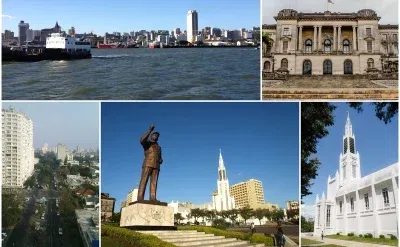
Maputo is the Capital city of Mozambique, which used to be a Portuguese colony. We invite you to enjoy the exciting Maputo City Tour.
We will gladly pick you up at any lodge or accommodation en route from Marloth Park (06:00), Komatipoort, Crocodile Bridge or Lebombo Border / Ressano Garcia post..
NB: Foreign tourists require a day visa which is not included in the tour package, your Passport is vital for entry to Mozambique.
What to bring:
Sun hat, camera and sneakers
Passport
Cash for VISA purchase at the border
All major credit cards can be used for gift purchases, excluding theh craft market.
Gallery
Itinerary
Maputo CFM Train Station
- Third most beautiful train station in the world
- The Central Railway Station (Portuguese: Estação Central dos Caminhos de Ferro).
- Administered by Mozambique Ports and Railways, it is located on the CFM Sul line (now closed), which links to South Africa, Eswatini, and Zimbabwe.
- It was constructed from 1908 to 1916 in the Beaux-Arts style.
- Widely recognized for its attractiveness, the station has been ranked by international publications as one of the world's most beautiful.
Tundura Botanical Gardens
Tunduru Botanical Gardens is located in the center of Maputo and it is the largest botanical garden in Mozambique. These gardens were created in 1885. Among other things, there is a statue of the first Mozambican President Samora Machel. These gardens were designed by Thomas Honney, who also designed gardens for the King of Greece and the Turkish Sultan in his career. They provide shade before the hot summer days and you can spend a few hours of peace and quiet here. It is also fantastic picnic place. There is also a tennis court for sports lovers.
Samora Machel Independent Square
Steel House
The Casa de Ferro (English: Iron House) is a historic prefabricated iron building located in Maputo, Mozambique.
Originally built in Belgium, the structure was bought by the Portuguese colonial government and reassembled in 1892 in Maputo (at the time named Lourenço Marques).
It was intended to serve as the residence of the Governor of the District of Lourenço Marques.
The Fortress
The history of Maputo, the capital of Mozambique, traces its origins back over 500 years, when a fishing village developed by Maputo Bay on the site where the modern city of Maputo now stands.
The first Europeans to discover the bay were Portuguese navigators led by António de Campo in 1502.
In 1544, the Portuguese merchant and explorer Lourenço Marques reached the bay and named it Delagoa Bay.
The Portuguese established a fort on the site, but were soon forced to abandon it. In 1721, the Dutch East India Company established Fort Lydsaamheid on the bay, but abandoned it due to conflicts with local Africans and the unhealthy environment.
In the mid-18th century, the Portuguese returned to the bay, selling ivory to British ships carrying Indian textiles.
In 1773, William Bolts of the Trieste Company reached the bay and claimed it for the Holy Roman Empire. Bolts and the Austrians were forced out in 1781 by Portuguese ships sent from Goa.
The Lemon Squeezer Church
The Church of Saint Anthony of Polana was built in 1962 and restored in 1992.
The building has the shape of an inverted flower and is popularly known as the “lemon squeezer”.
In the dome of the building, of concrete and with conical shape, windows with colorful crystals also allow the entrance of light.
Polana Serena Hotel
Craft Market
Maputo / Katembe Bridge
The Maputo–Katembe bridge (Ponte de Maputo a Katembe) is a suspension bridge across Maputo Bay in southern Mozambique.
The bridge connects the Mozambican capital Maputo, on the northern bank, with its disjunct suburb of Katembe on the southern bank.
Construction work began in 2014 and the bridge officially opened 10 November 2018.
The construction work was carried out by the Chinese China Road and Bridge Corporation;
a large part of the project is financed by loans from the Chinese Exim Bank.
The bridge is the longest suspension bridge on the African continent, replacing the Matadi Bridge, completed in 1983 in the Democratic Republic of Congo, for this distinction.
Rates
- 1-2 People - R1980 p/p
- 3-4 People - R1760 p/p
- 5+ People - R1595 p/p
Visas are for your own account
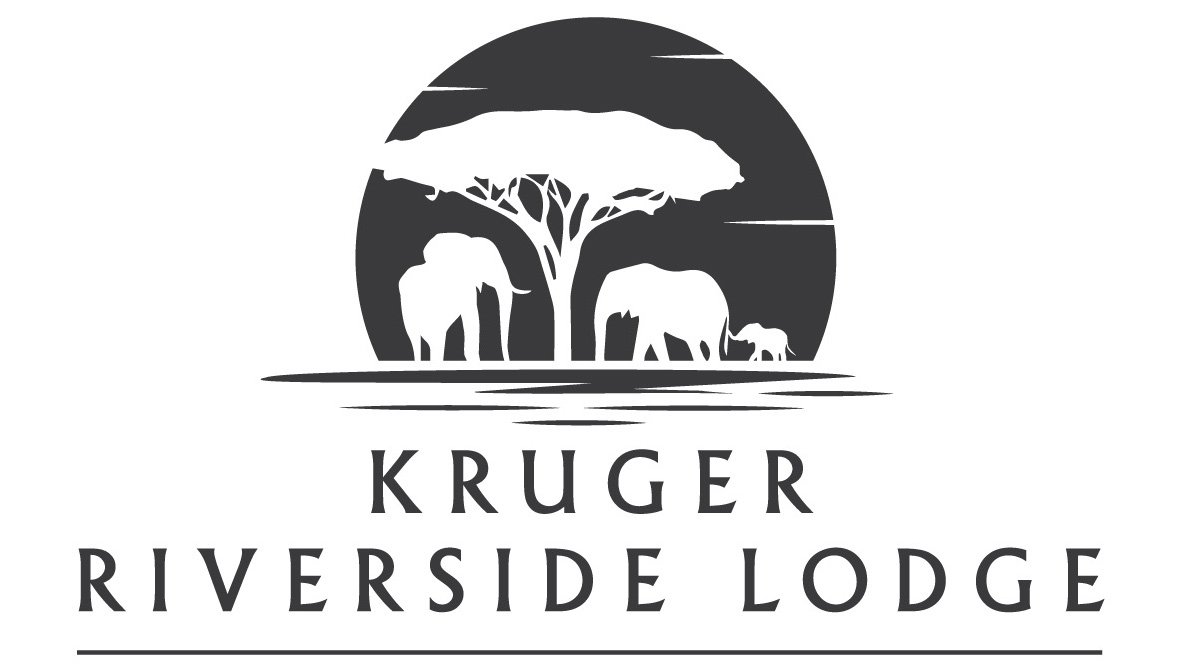
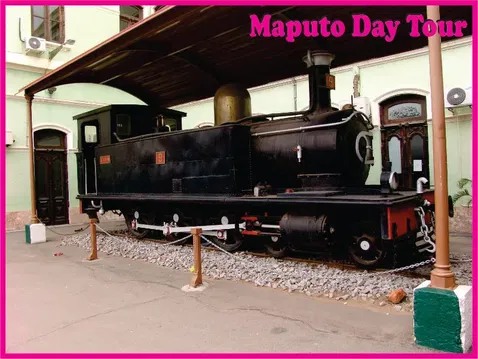
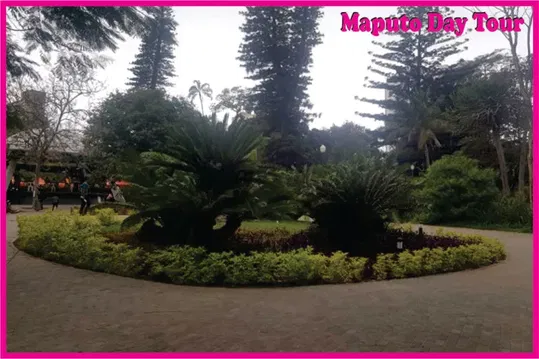
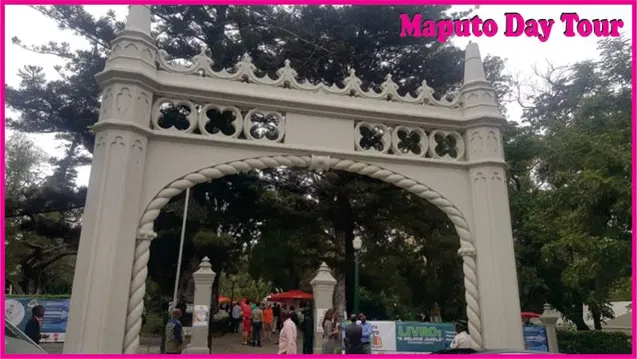
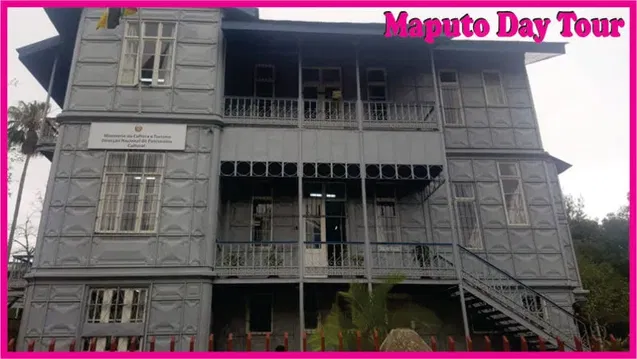
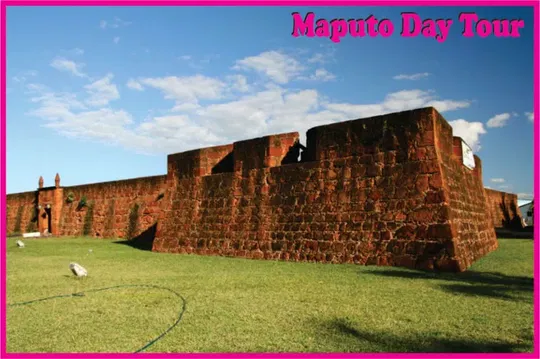
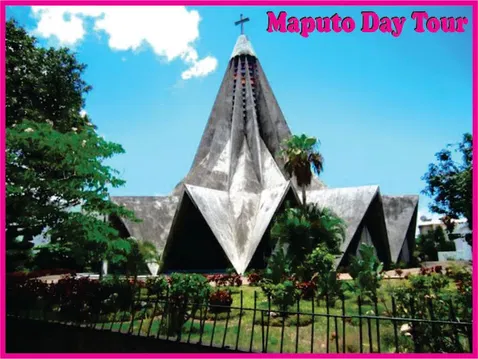
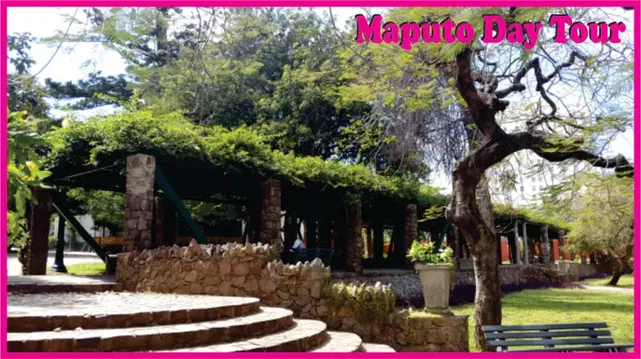
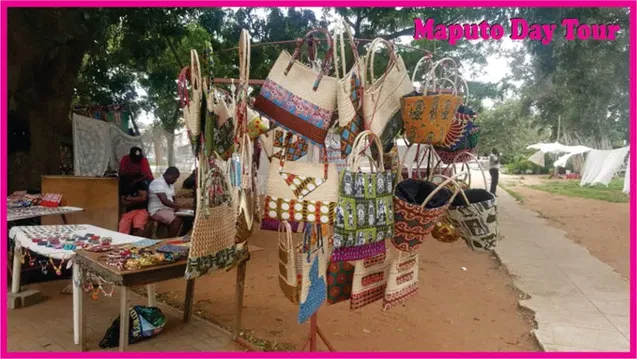
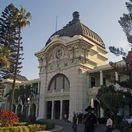
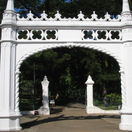
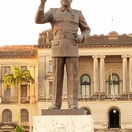
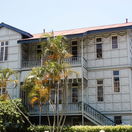
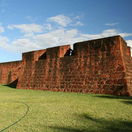
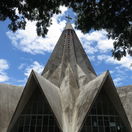
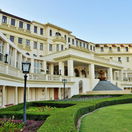
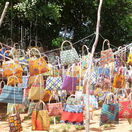

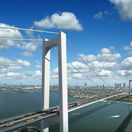
Share This Page